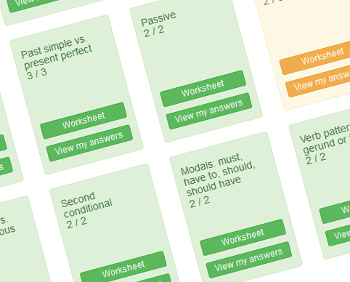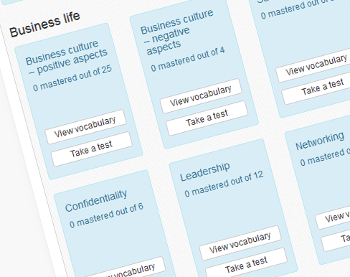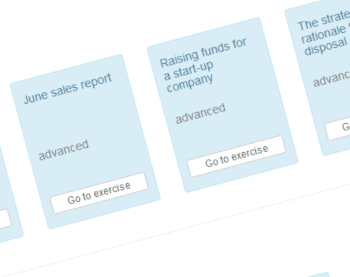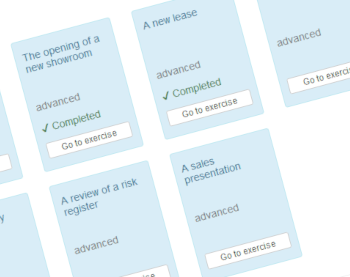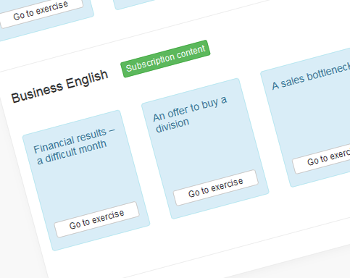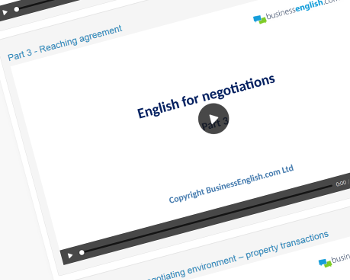Passato prossimo
(Present perfect)
Introduzione
Usiamo il present perfect per descrivere il passato quando influisce sul presente, per esempio- per parlare di esperienze passate
- per una cosa cominciata nel passato e che è ancora vera
- per descrivere cambiamenti.
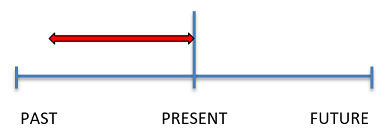
Esempi:
- I have been to that restaurant twice.
- Emily has worked in the city for many years.
- Your hair has grown since last year.
Forma 1 - Present perfect positivo
Per formare il present perfect positivo usiamo"have" + past participle.
| Oggetto | "have" | past participle | |
|---|---|---|---|
|
I
You We They |
have
've |
been |
to India. |
| He / She / It |
has
's |
Past participles
Con i verbi regolari, formiamo il past participle aggiungendo "–d", "–ed" o "–ied" alla fine, per esempio:
| verbi regolari | ||
|---|---|---|
| infinito | past participle | |
| receive | received | "-d" per verbi regolari che finiscono in "e" |
| work | worked | "-ed" per verbi regolari che finiscono con una consonante |
| study | studied | "-ied" per verbi regolari che finiscono con una consonante e "y" |
I past participles dei verbi irregolari sono diversi e devono essere imparati, per esempio:
| verbi irregolari | |
|---|---|
| infinito | past participle |
| be | been |
| do | done |
| eat | eaten |
| find | found |
| go | gone |
| grow | grown |
| have | had |
| make | made |
| see | seen |
Pratica
Completa le frasi con la forma positiva del present perfect del verbo tra parentesi:.
Forma 2 - Present perfect negativo
Per formare il present perfect negativo usiamo"have not" + past participle.
| Oggetto | "have not" | past participle | |
|---|---|---|---|
|
I
You We They |
have not
haven't 've not |
eaten |
breakfast yet. |
| He / She / It |
has not
hasn't 's not |
Esempi:
- I haven't been to Paris before.
- My order hasn't arrived yet.
- My parents haven't finished painting the house.
Pratica
Completa le frasi con la forma negativa del present perfect del verbo tra parentesi:.
Forma 3 - Domanda con present perfect
Per formare una domanda con il present perfect usiamo"have" + soggetto + past participle.
| "have" | Oggetto | past participle | |
|---|---|---|---|
| Have |
I
you we they |
seen |
my purse? |
| Has | he / she / it |
Esempi:
- Have you been to Italy before?
- Has it stopped raining?
- How long have you studied English?
Pratica
Completa le frasi con la forma interrogativa del present perfect del verbo tra parentesi:.
Ulteriore pratica
Completa le frasi con la risposta corretta tra a, b, c o d:.
Ulteriore punto di lingua
Usiamo anche la forma positiva del present perfect con "always" e "never".Usando "never" il significato è negativo:
| Oggetto | "have" | periodo di tempo | past participle | |
|---|---|---|---|---|
|
I
You We They |
have |
always
never |
lived | in the city. |
|
He
She It |
has |
Usiamo anche la forma interrogativa del present perfect con "always" e "ever".
| "have" | Oggetto | periodo di tempo | past participle | |
|---|---|---|---|---|
| Have |
I
you we they |
always
never |
lived | in the city. |
| Has |
he
she it |
Esempi:
- Have you ever been to Mexico?
- Has she always lived in Paris?
Create a free Getting Started account
Altri link utili
I seguenti esercizi prevedono l'uso della seguente struttura grammaticale:
Potresti essere interessato anche a:
- Business English vocabulary exercises
- Grafici e tabelle Account Pro
- Ascolto Account Pro
- Lettura Account Pro
- Scenario-based dictation exercises – business English Account Pro
- Scenario-based dictation exercises – general English
Potresti essere interessato anche a:
Principiante
- Passato semplice
- Passato remoto progressivo
- Indicativo presente
- Presente progressivo (presente)
- Passato prossimo
- 'Going to' e 'will'
- Presente progressivo (futuro)
- Imperativi
- 'To be'
- Pronomi: soggetto, oggetto
- Pronomi: relativi
- Aggettivi e pronomi: possessivi
- Aggettivi e pronomi: dimostrativi
- Ordine di base degli aggettivi
- Domande WH (pronomi interrogativi)
- Articoli: a, an, the
- Preposizioni: tempo e spazio
- 'There is' / 'there are' e quantificatori
- Congiunzioni 'and', 'or', 'but'
- Comparativi / superlativi (than)
- Zero conditional (se)
- First conditional (se)
- Modali: 'can' / 'can't', 'could', 'will', 'shall'
- Modelli verbali
- Sequence adverbs
Intermedio
- Trapassato remoto
- Passato remoto vs. passato prossimo
- Passato remoto vs. passato remoto progressivo
- Passato prossimo progressivo
- Futuro
- Futuro progressivo
- Passivo
- Discorso indiretto
- 'Used to' / 'would'
- Second conditional
- Third conditional
- Proposizioni relative
- Pronomi riflessivi
- Modali: 'must', 'have to', 'should', 'should have'
- Modelli verbali: gerundio o infinito
- Avverbi di grado
- Ordine degli aggettivi
- Aggettivi: '-ed' o '-ing'
Grammatica
Individua in modo rapido e concentrati su problemi grammaticali:
- Fogli degli esercizi di grammatica e test
- Scenario-based grammar exercises
- Grammar additional practice questions
- Verb conjugation practice
- Pratica sui condizionali
Migliora la grammatica
Vocabolario
Vocabulary exercises:Espandi il tuo vocabolario coi nostri tre trainer di vocabolario:Fai pratica di spelling usando i nostri tre test di spelling:Fai pratica con il vocabolario relativo a grafici e tabelle:
Impara il lessico
Lezioni video
Concentrati su aree di Business English specifiche con le nostre lezioni video:
Segui una lezione video
